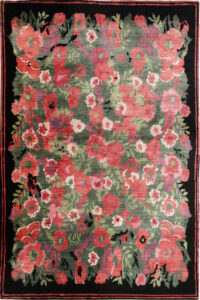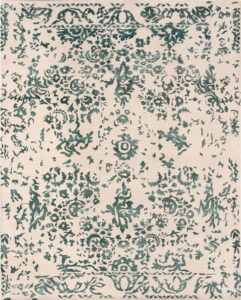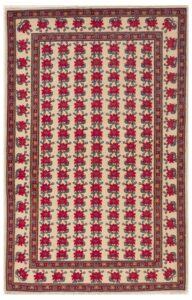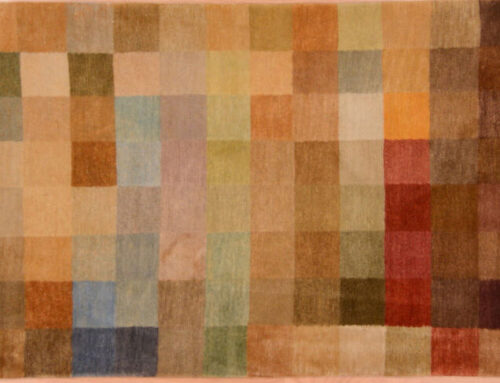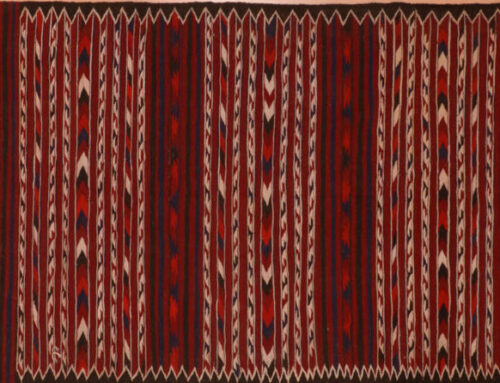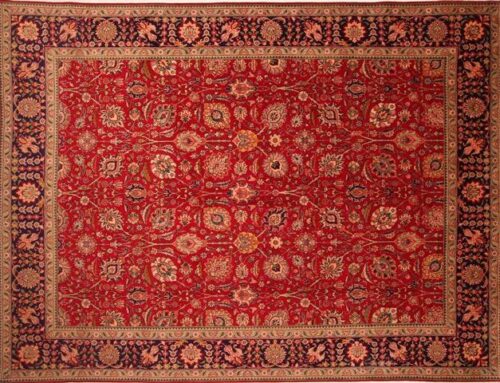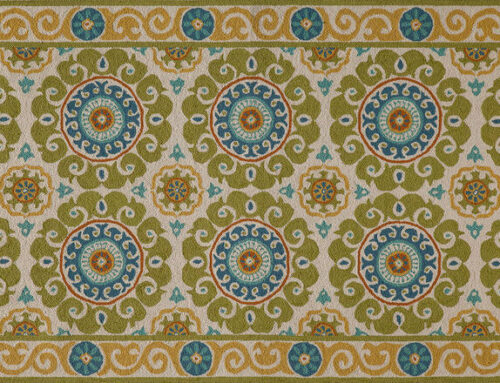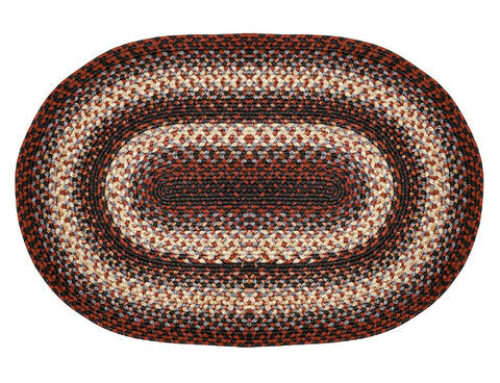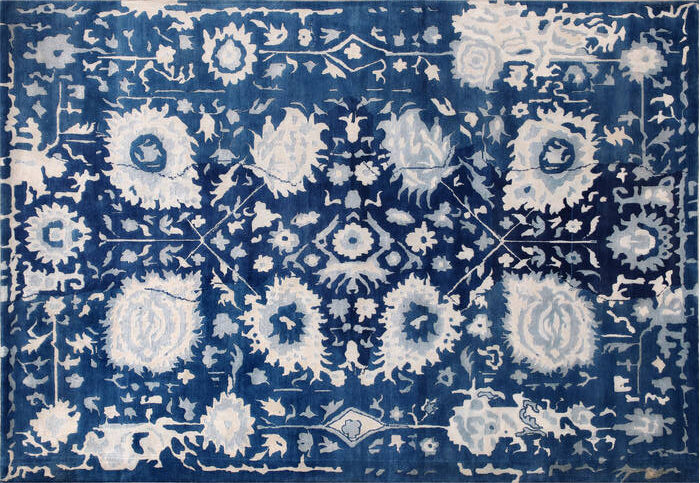
Floral Pattern
The great about the designs of finer Persian rugs have always been the intricate curves and shapes, and the excellent and concentrated genius craftsmanship that has gone into them, which has fascinated experts and art lovers throughout the world for centuries. Most elements in Persian rugs have a meaning and are symbolic in the Persian culture.
Yet it is asserted by many that the designs reflect not so much symbolism as they reflect the Persian’s close affinity with nature. Through their love of Mother Nature, their true works of art are created. Nature can be seen in almost all carpets in some form or another, whether it be small plants and flowers, or delicate animals. Nature provides the greatest inspiration to the carpet designer, although some rare designs are adapted from foreign sources such as China and Mongolia.
Shah Abbas design rug, 17th century, Isfahan, IranBorder of a fine curvilinear Persian rug, Tabriz, northwestern IranWhen discussing fine Persian rug patterns, it might be useful to be familiar with the superseded Safavid Dynasty in Iran, especially the era when the Great Shah Abbas was king. He is the one that invariably springs to mind as the inspiration for various patterns, all of which are inspired by the lily often in an isolated central position linked only by delicate tendrils.
Shah Abbas is responsible for a large portion of the greatness of the Persian rug industry. He set up royal rug manufactories all over Iran and made Isfahan the country’s capital. Oftentimes, one will see a rug classified as a Shah Abbasi design. These are some of the finest Persian rugs and they are usually woven in Isfahan. The obsession with beauty that the Safavids had was outstanding. They did everything to bring Persian art, in all forms besides carpets, to its absolute greatest.
Collections
- Floral Rug | © Rugman
- Floral Rug | © Rugman
- Floral Rug | © Rugman

